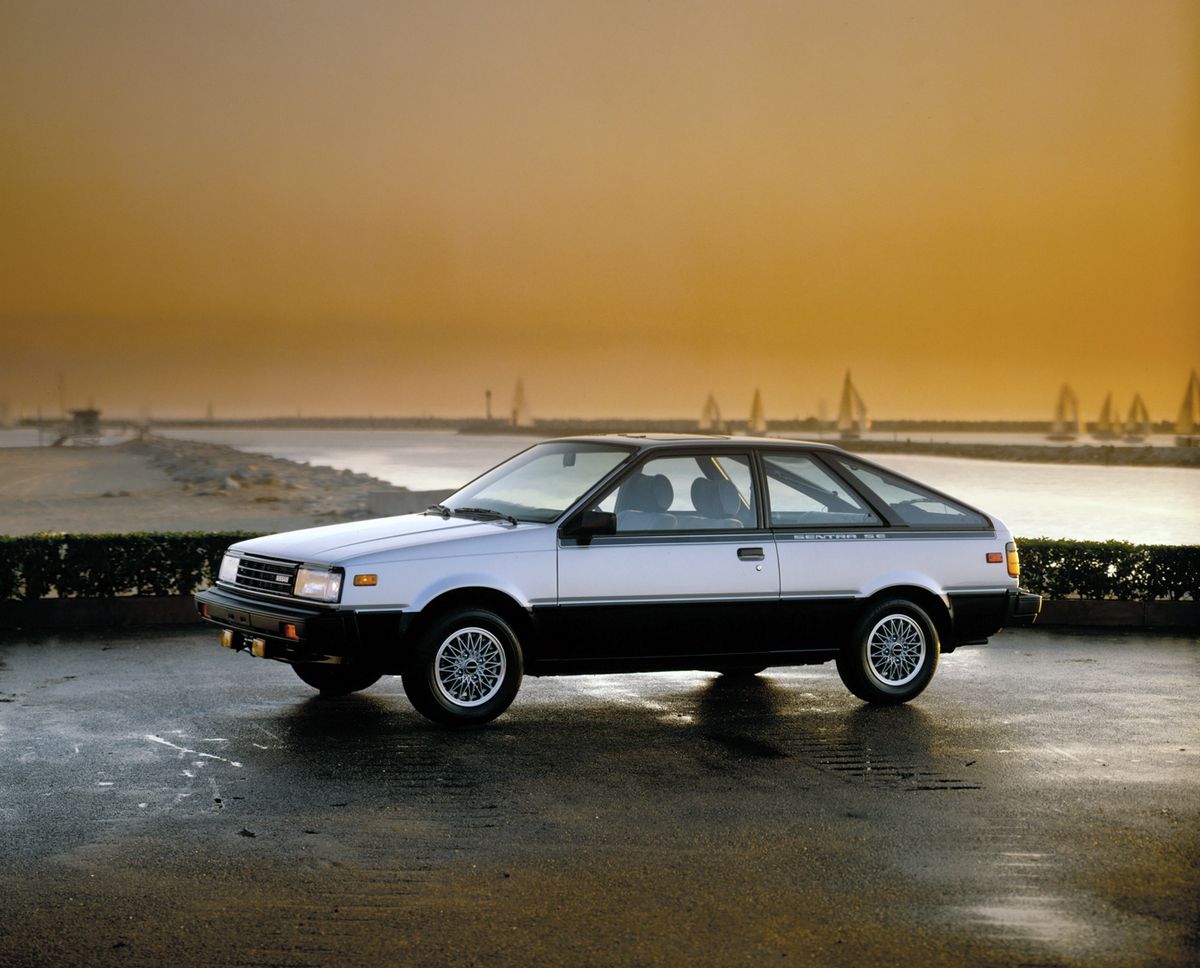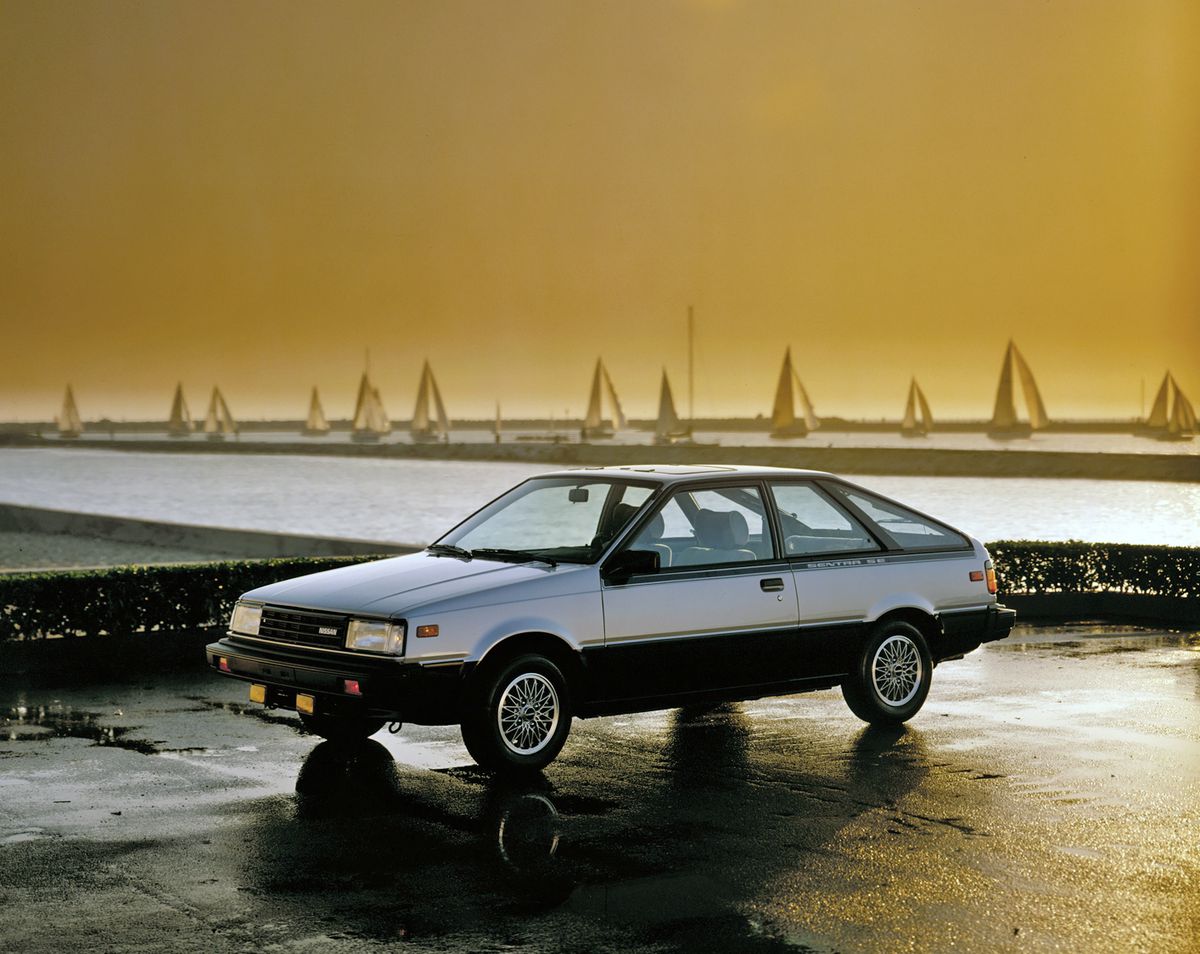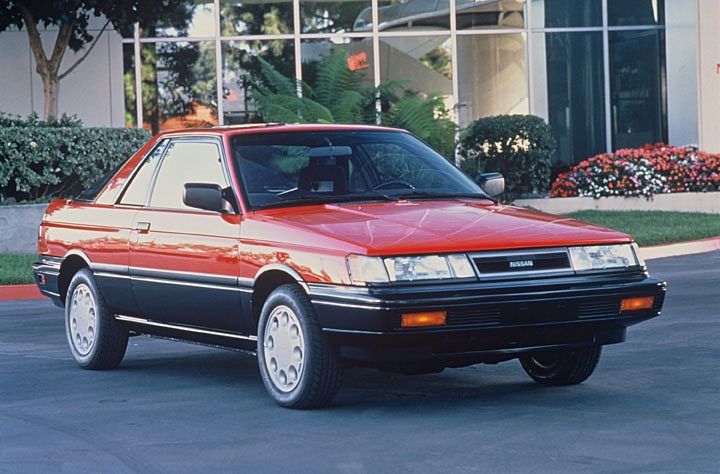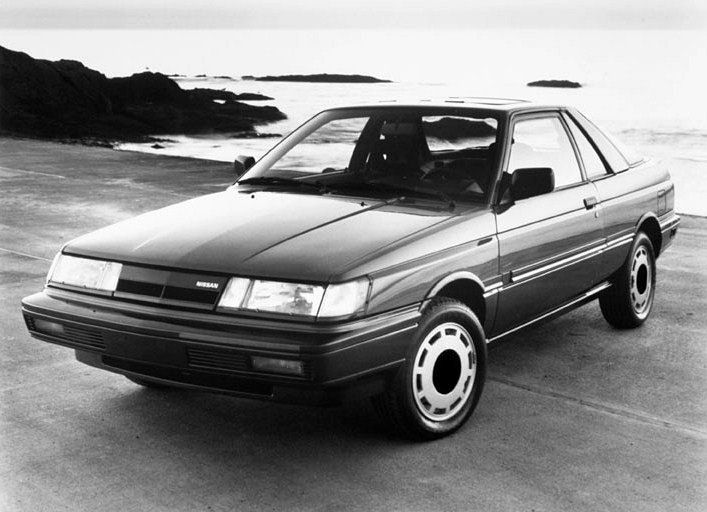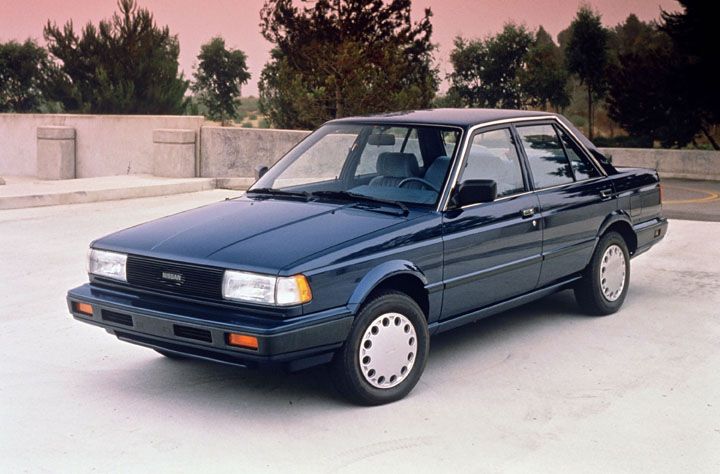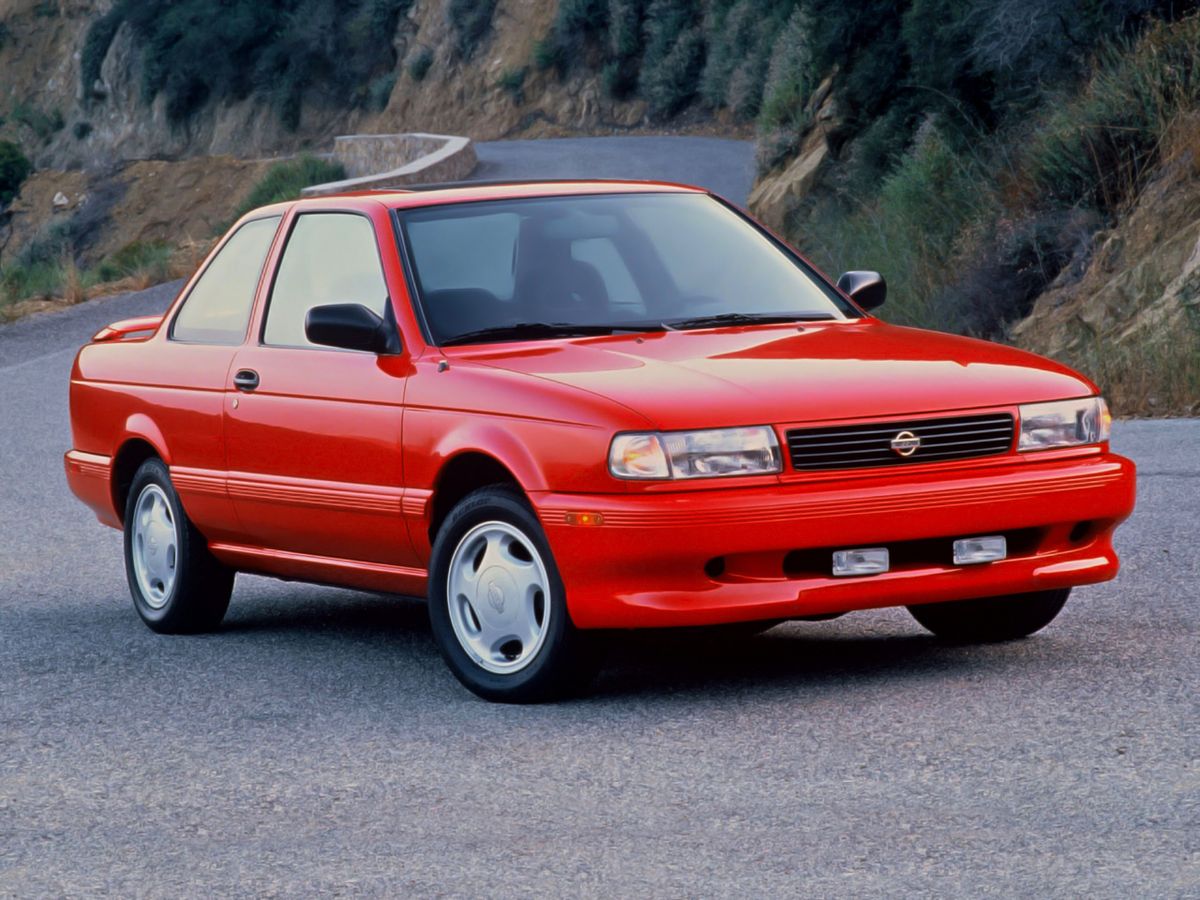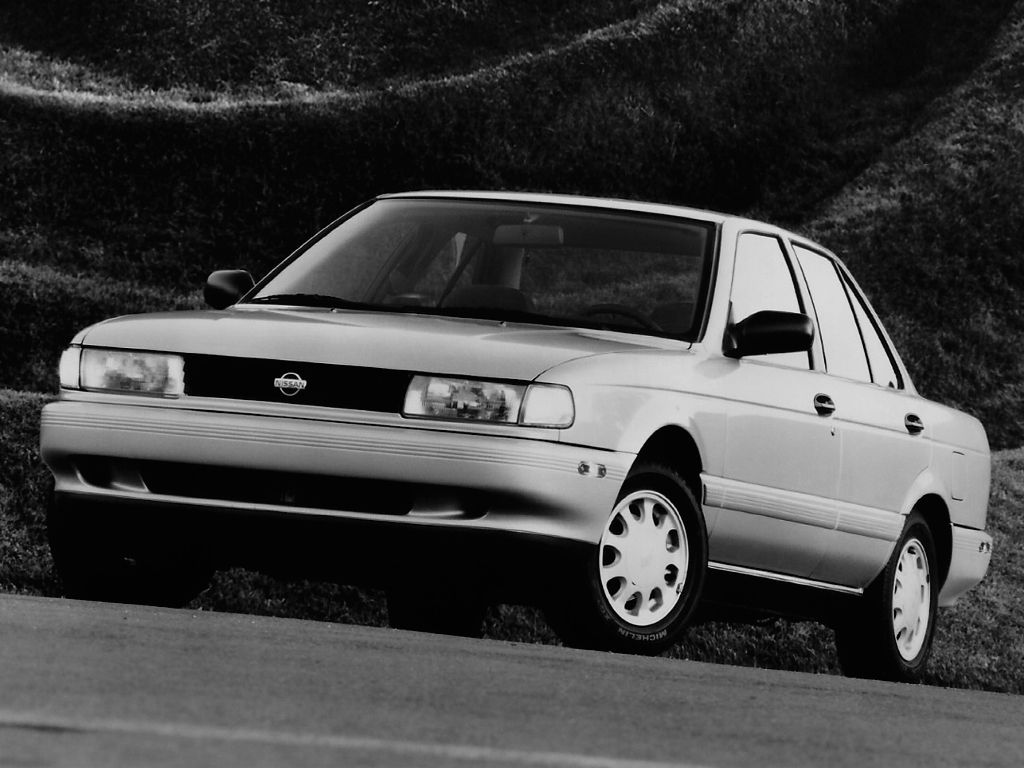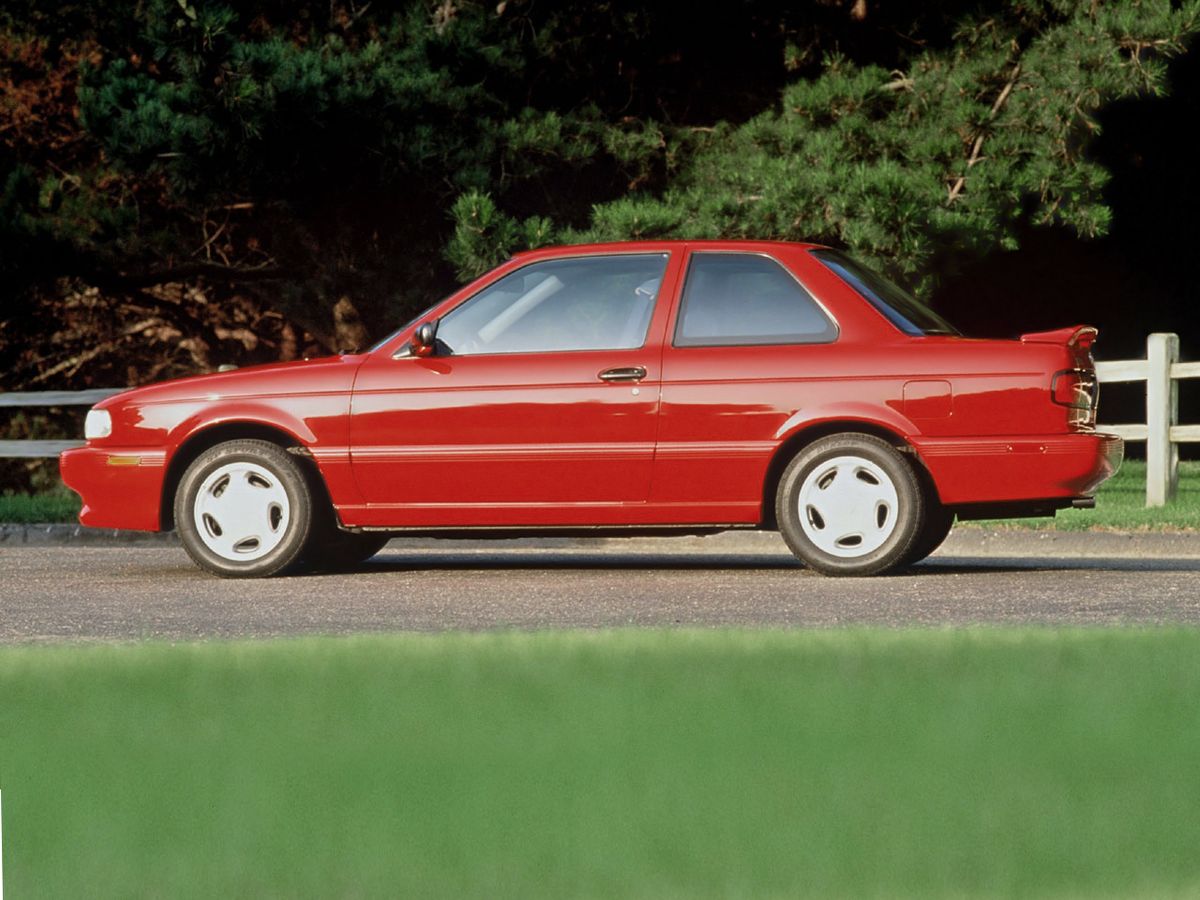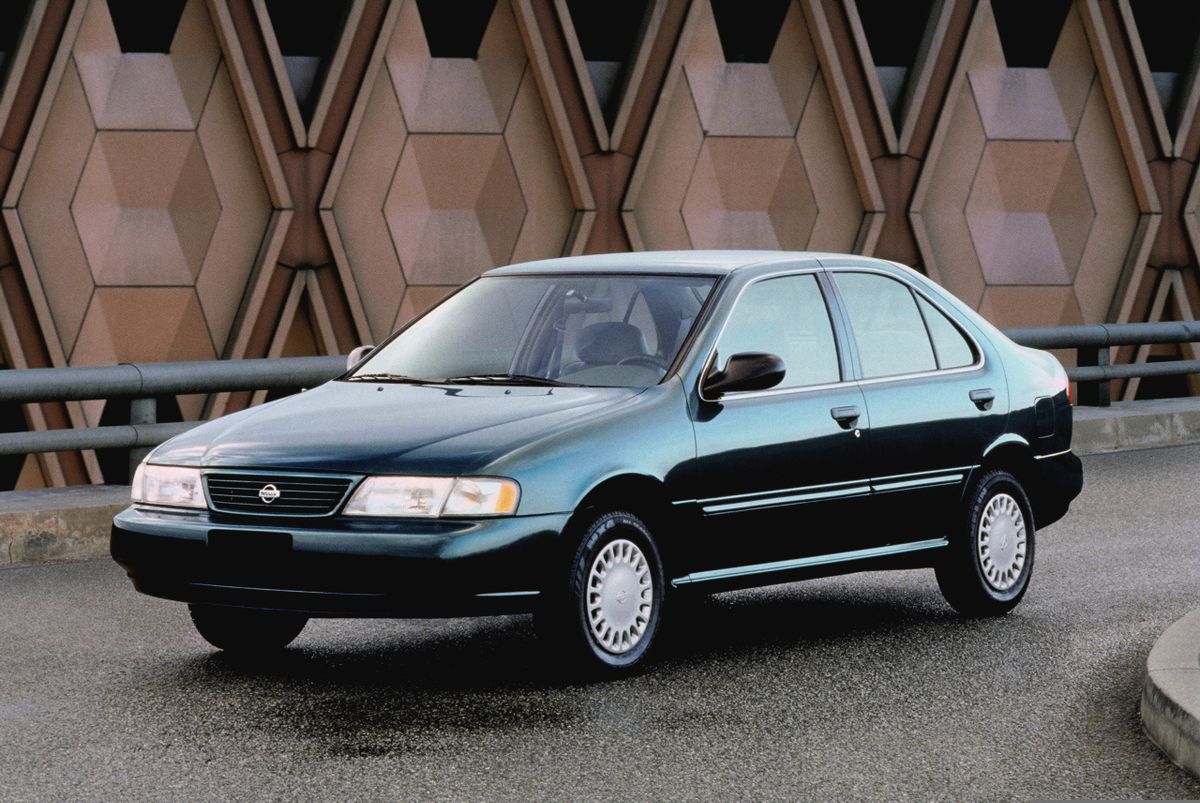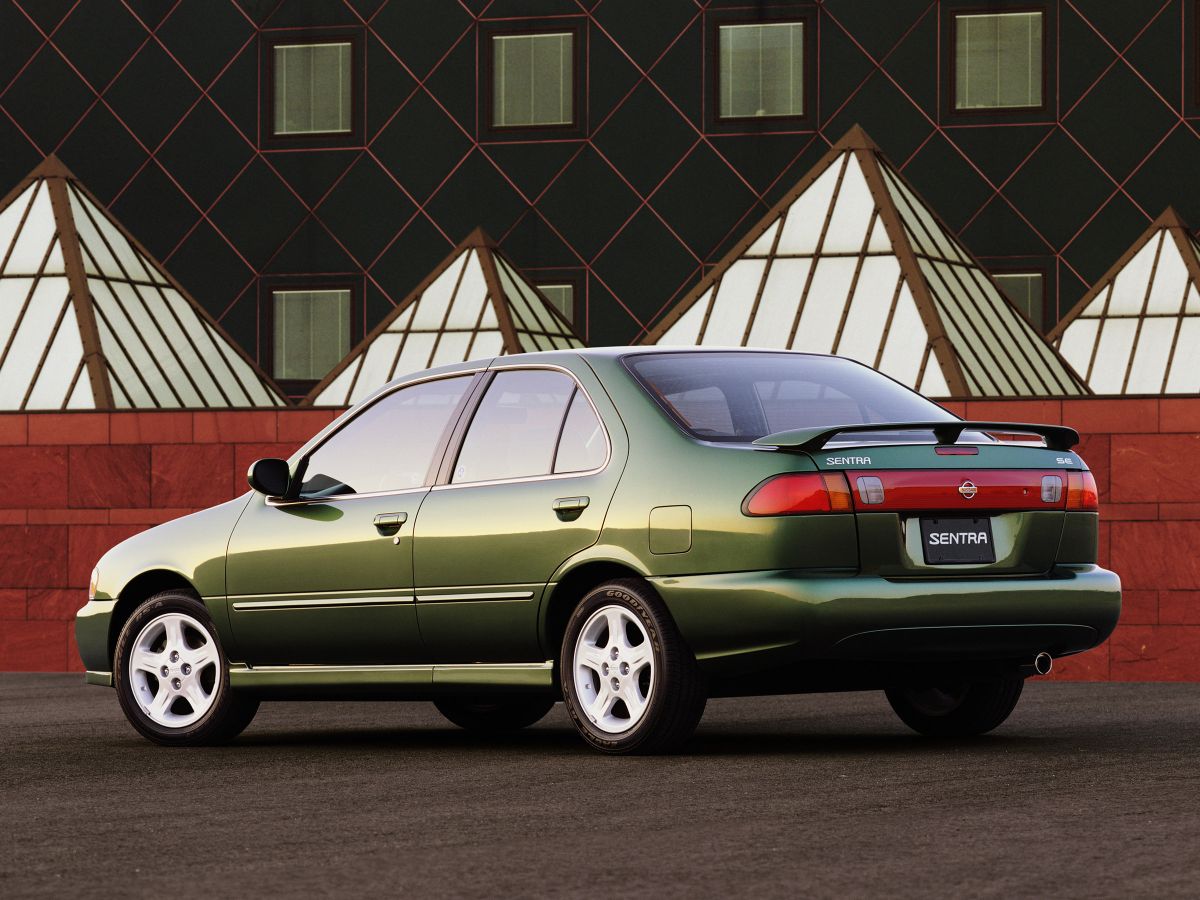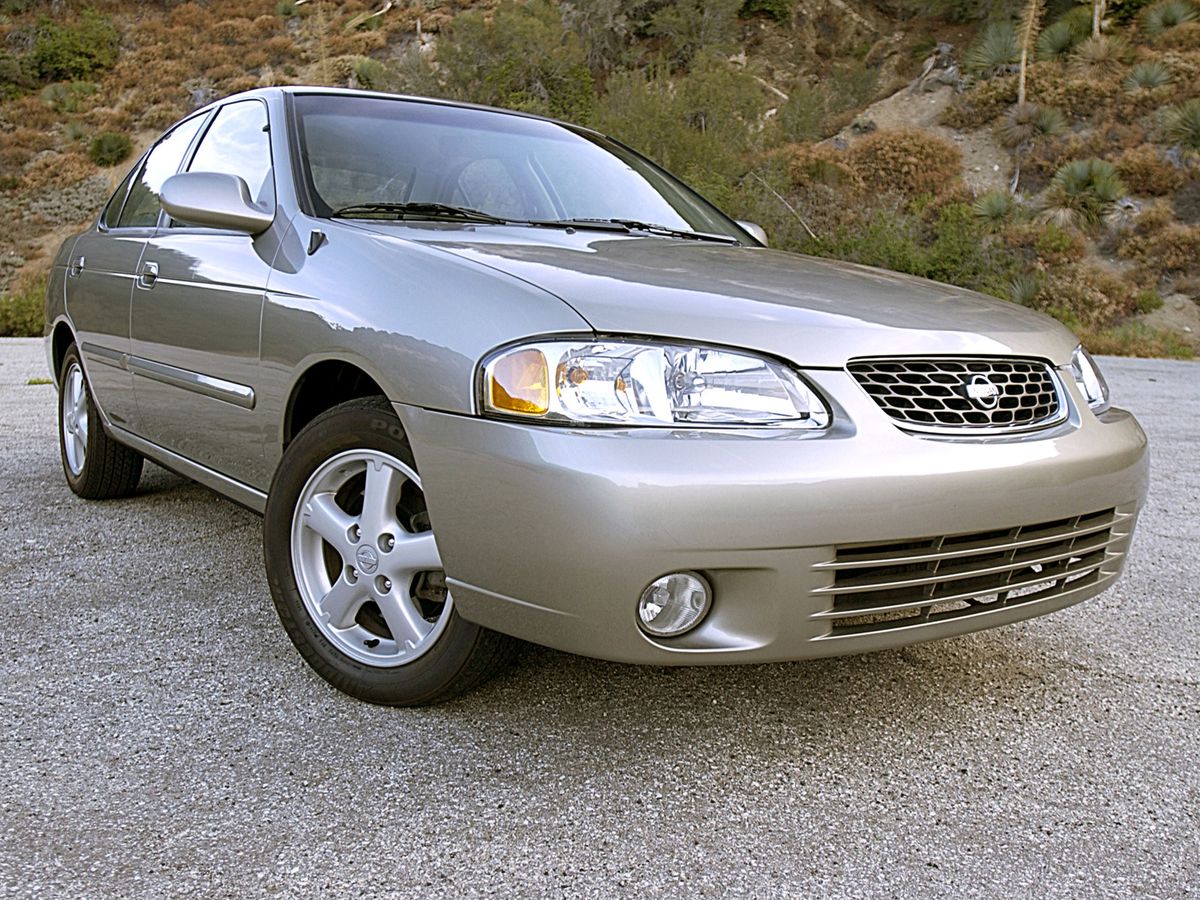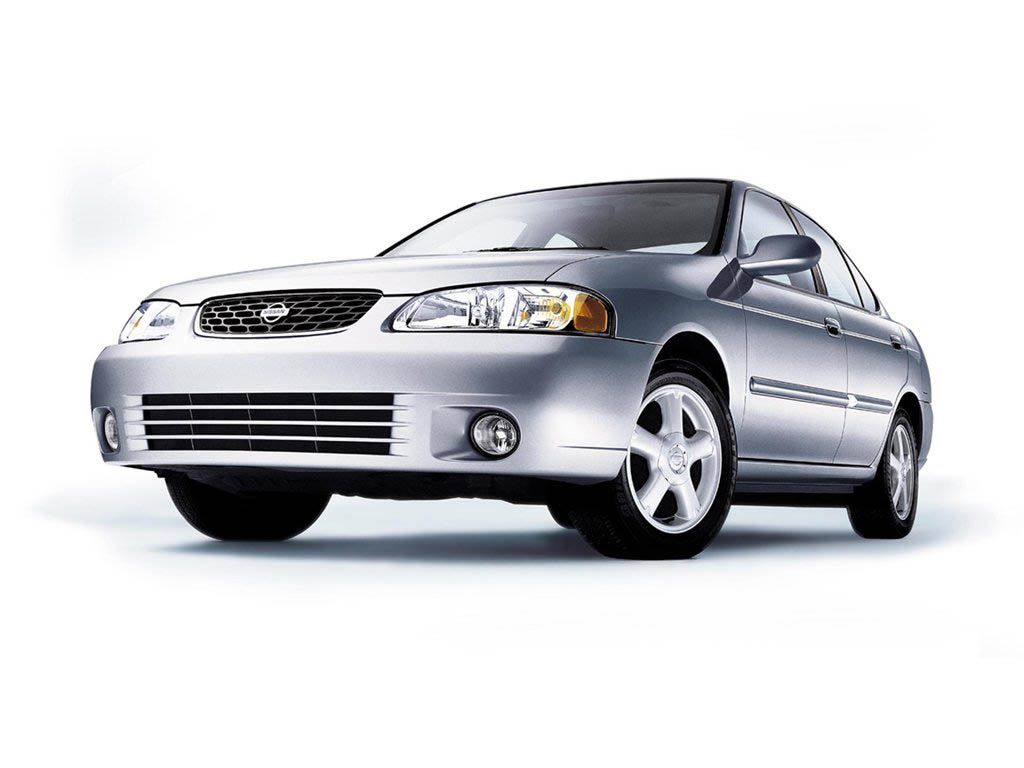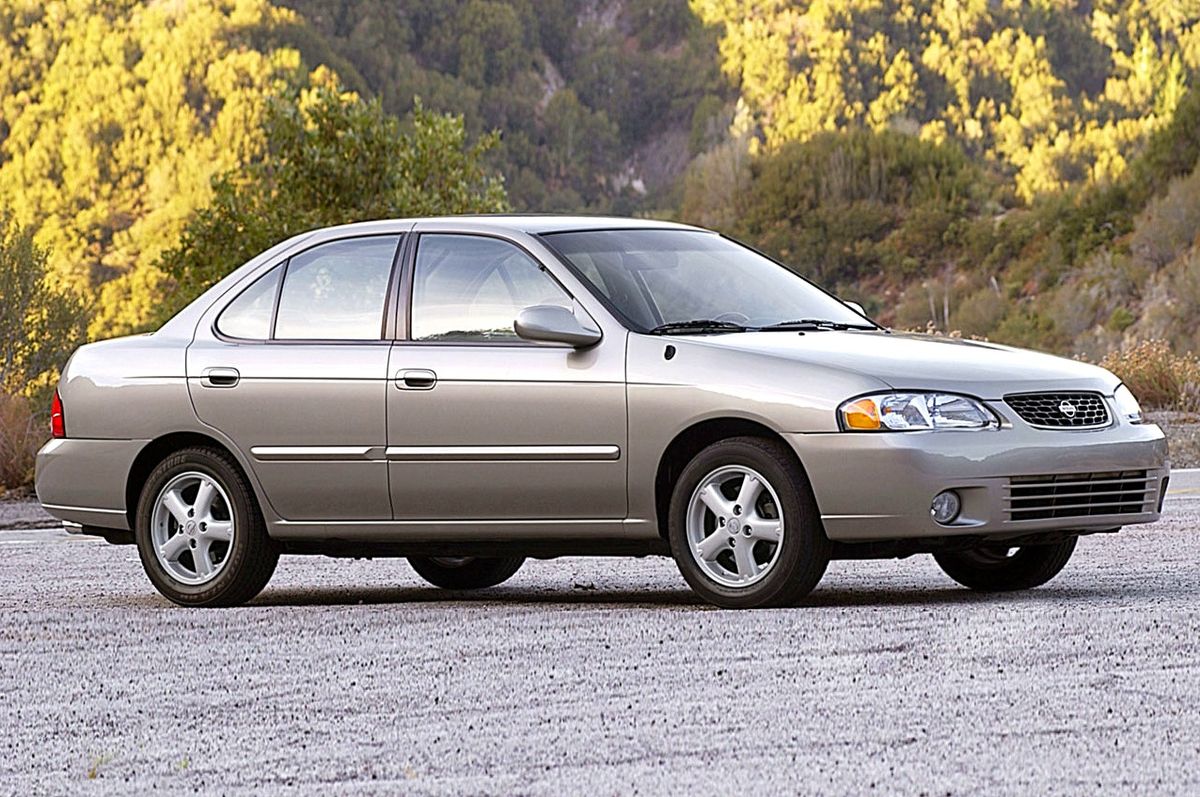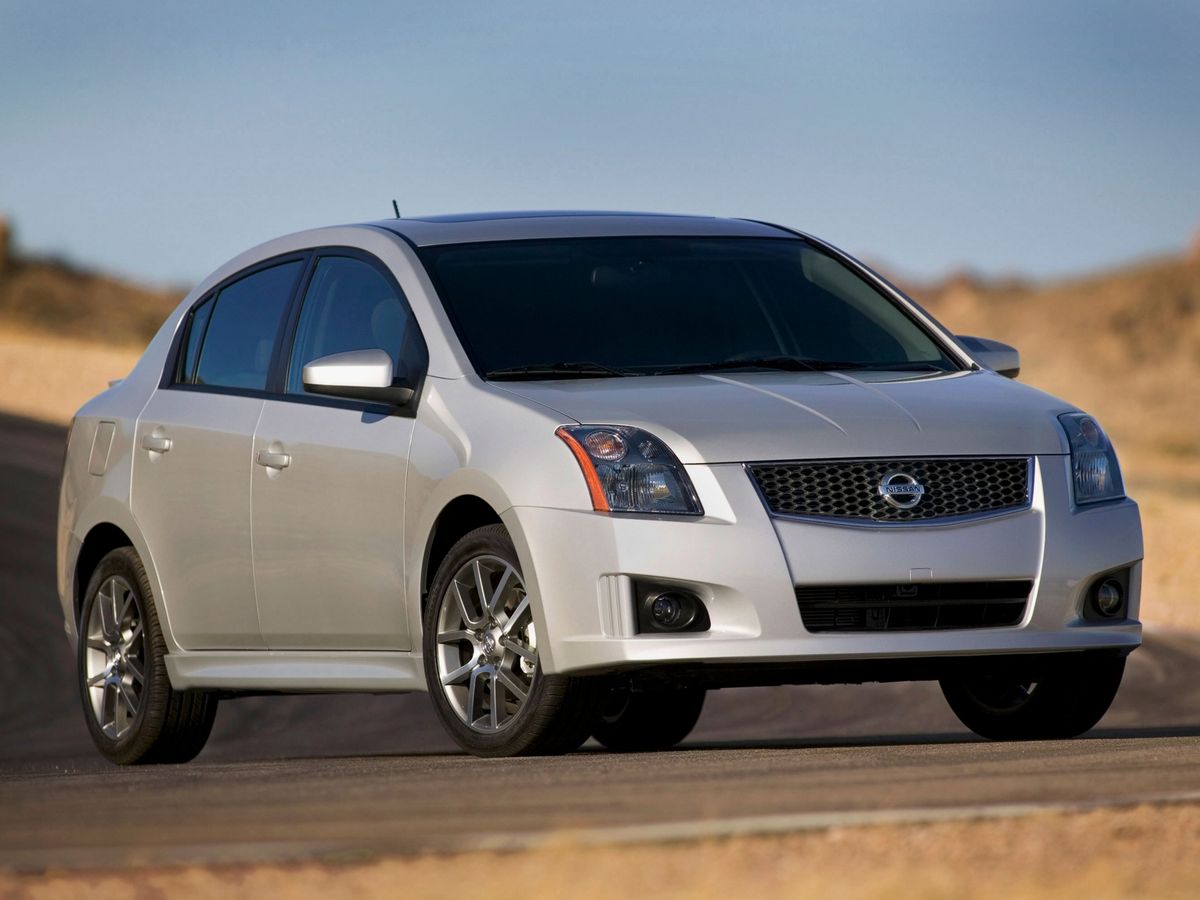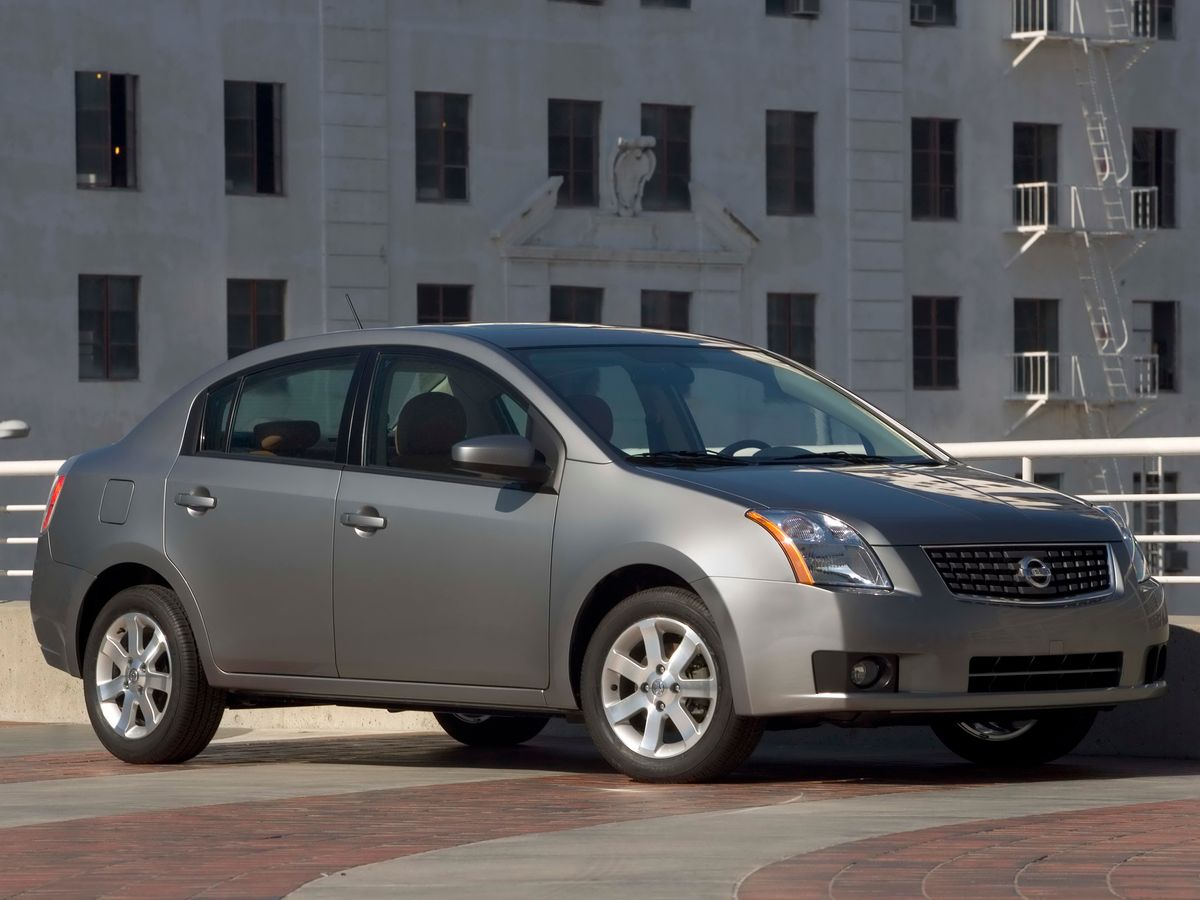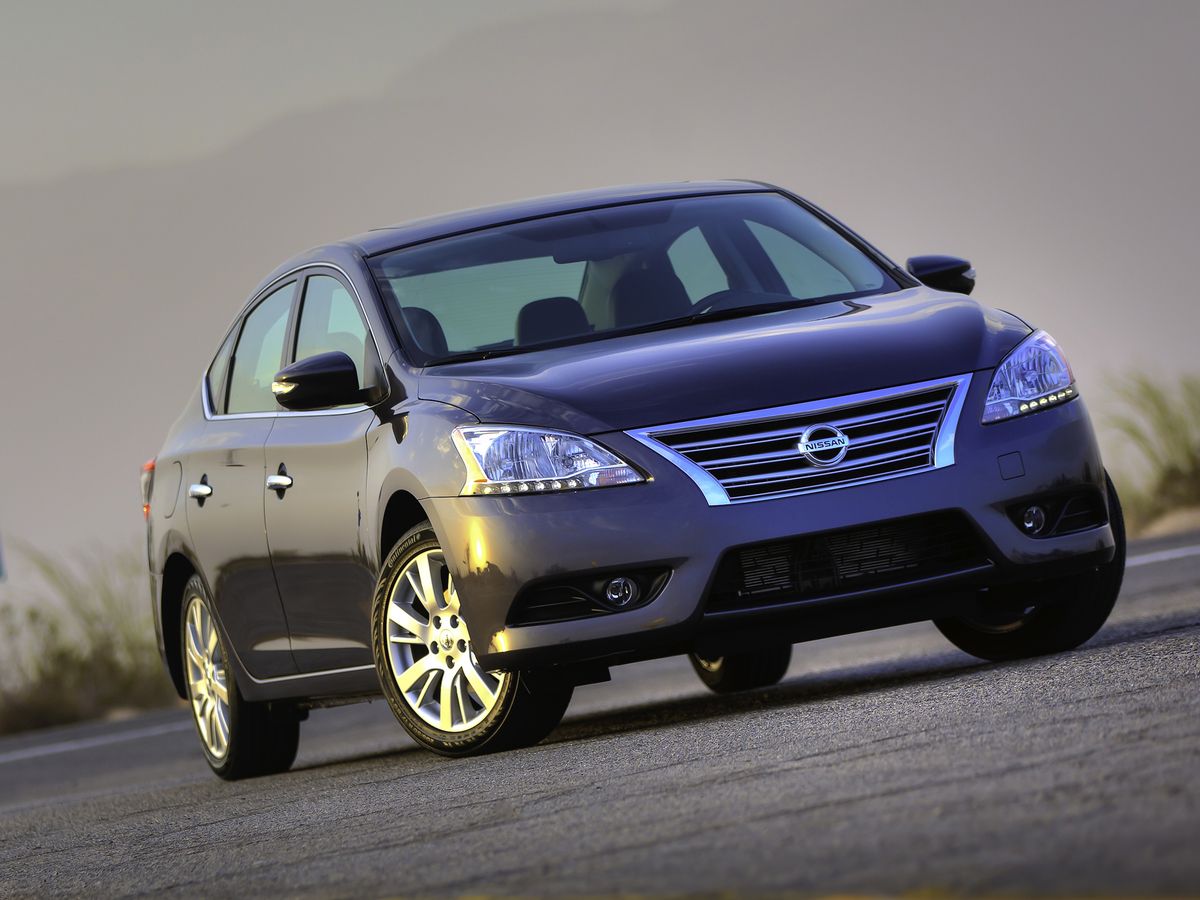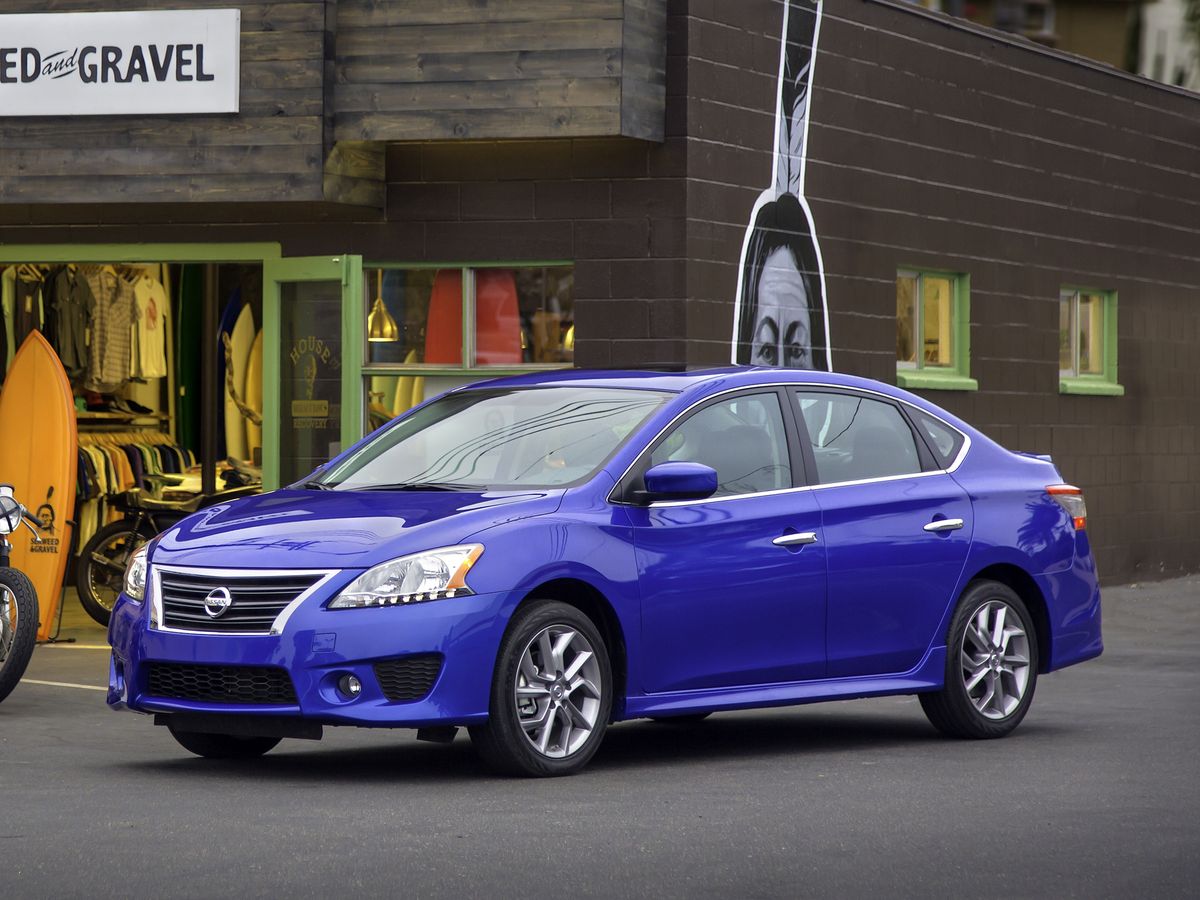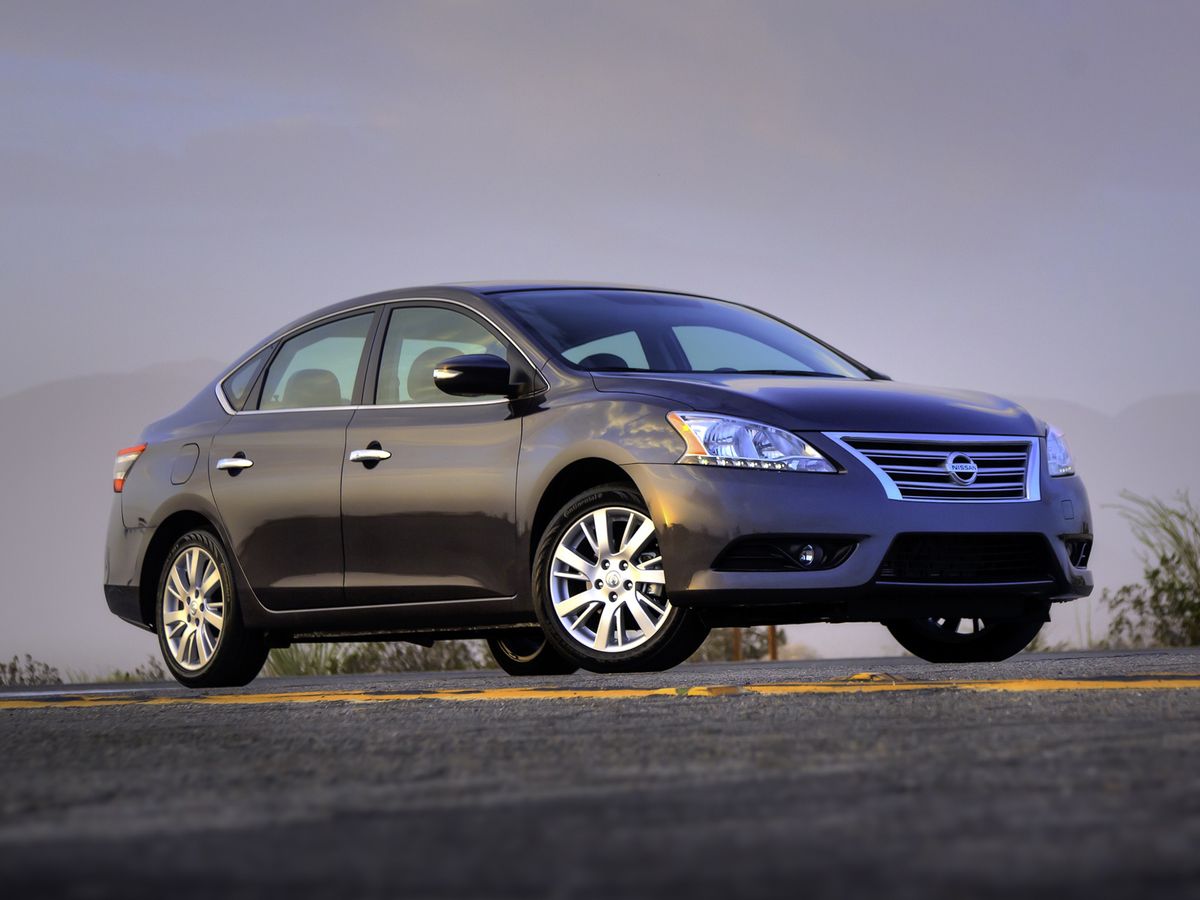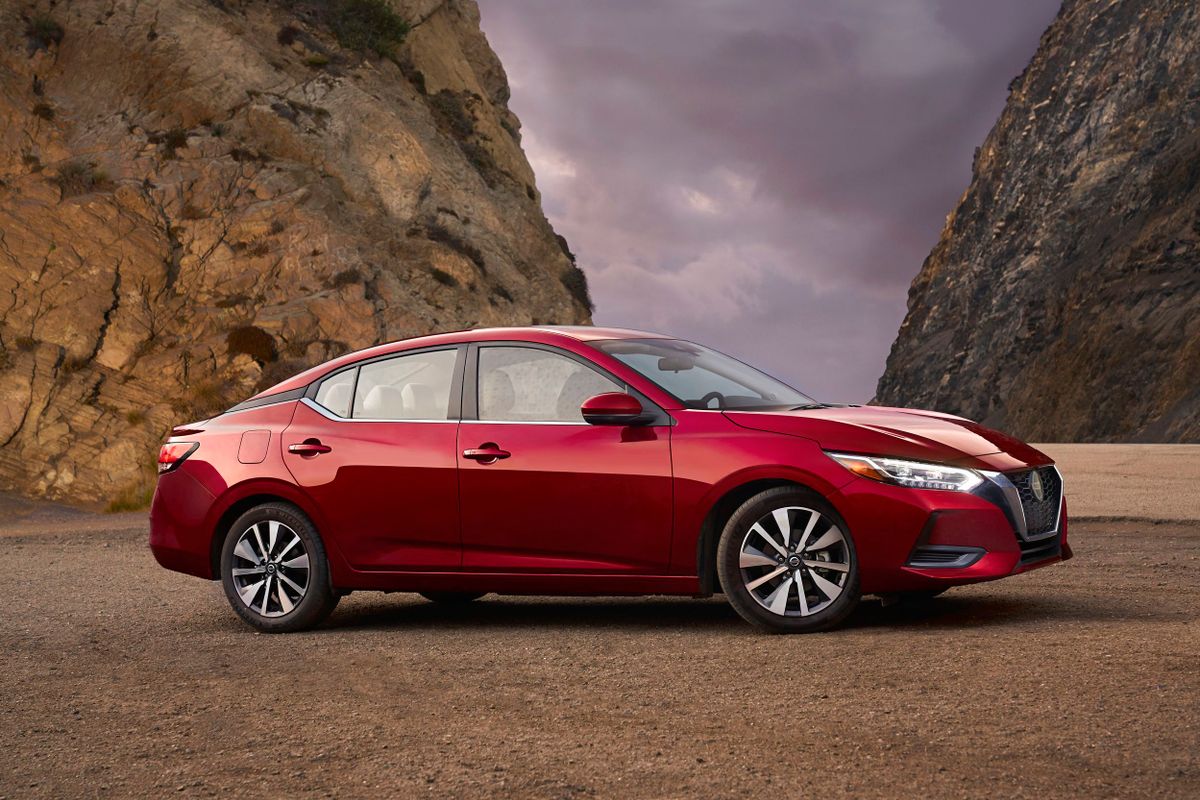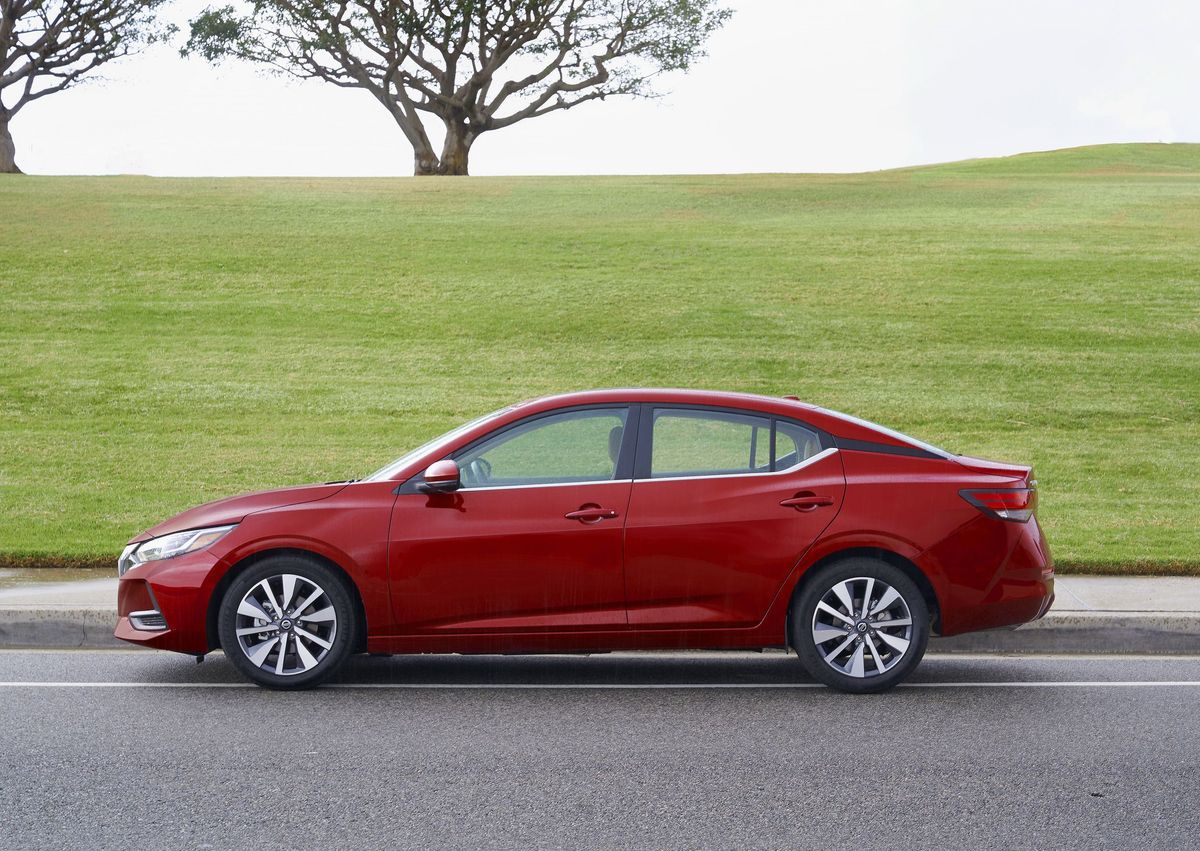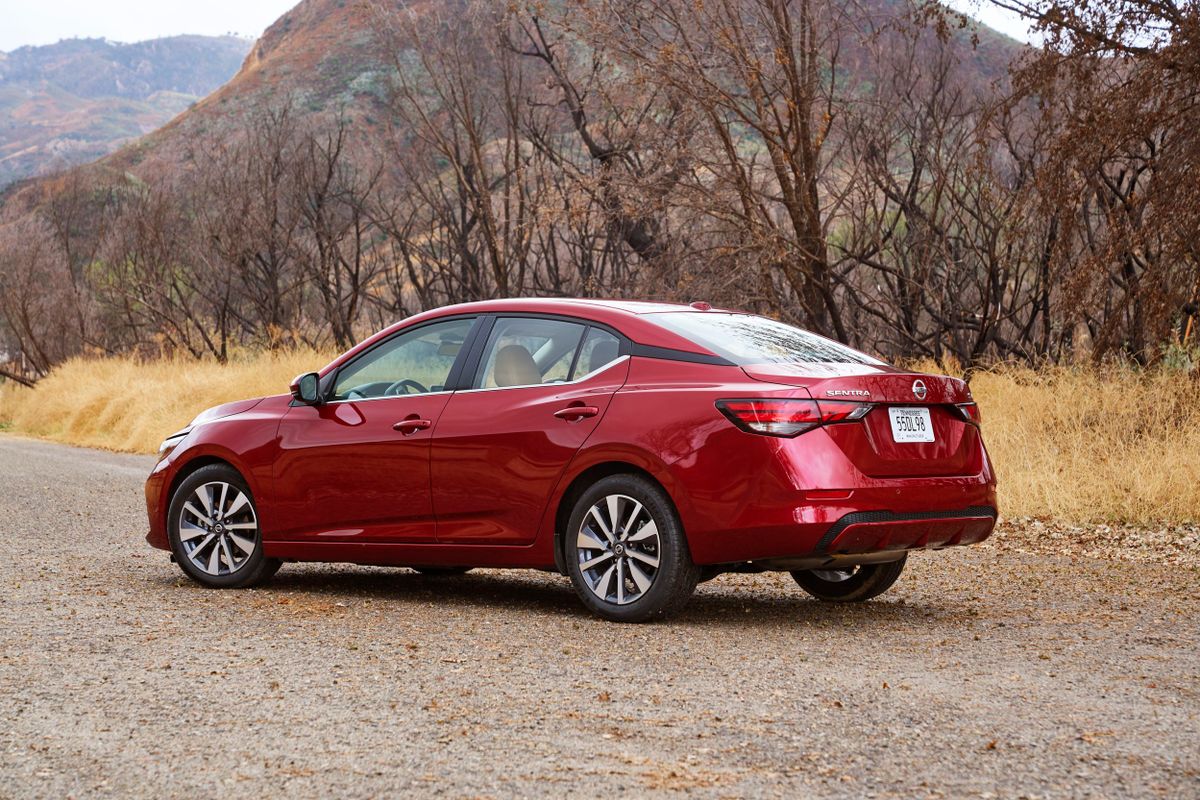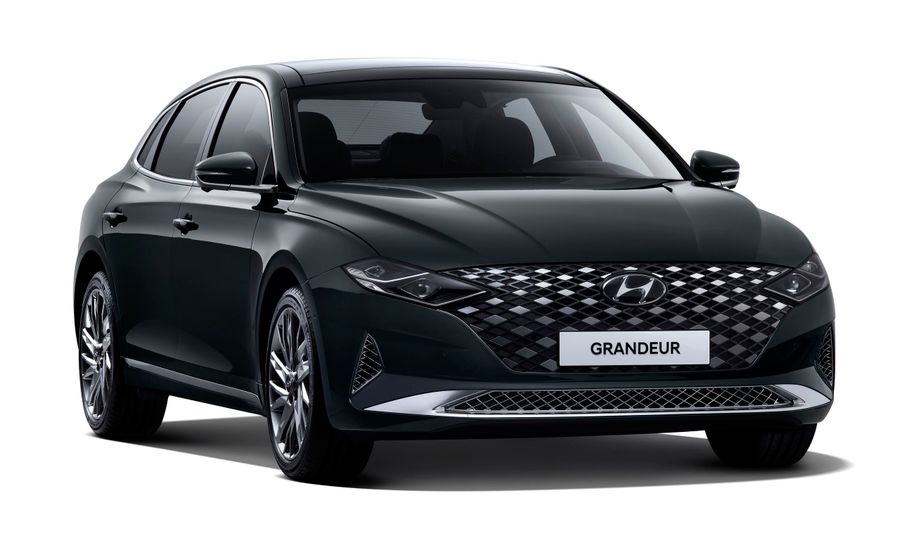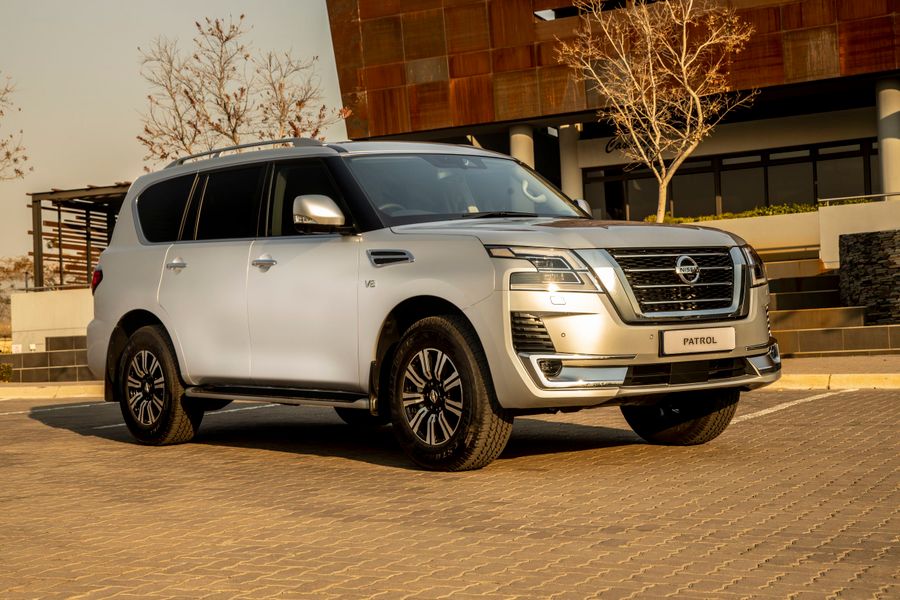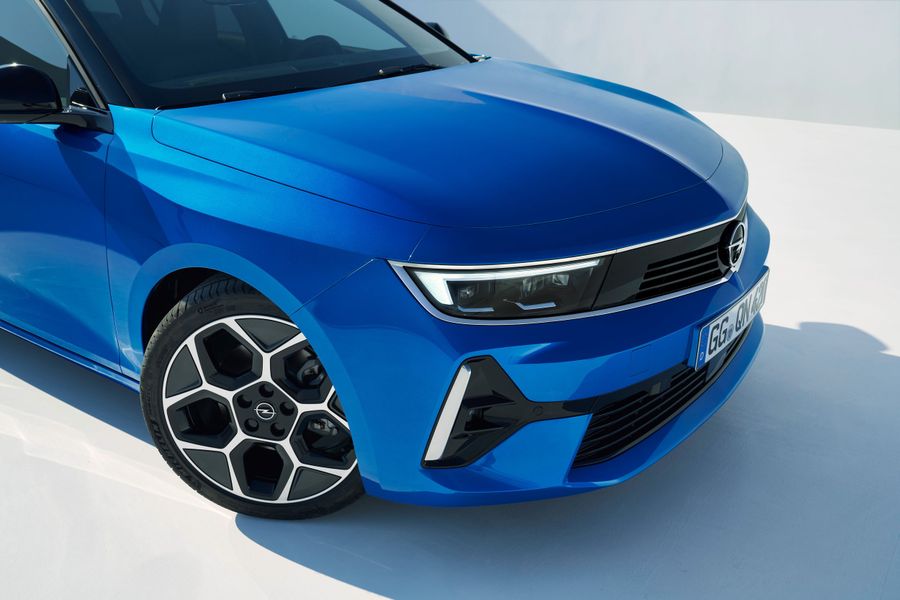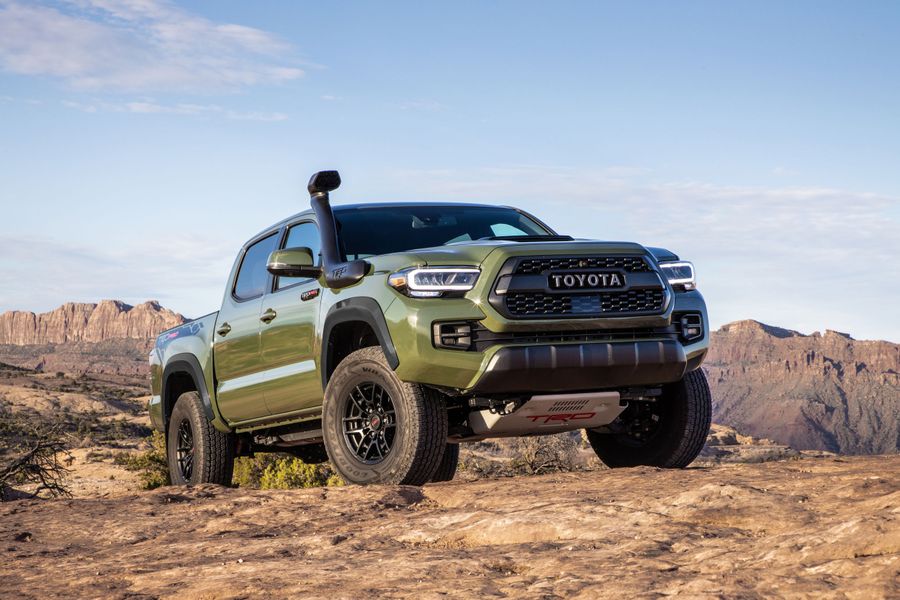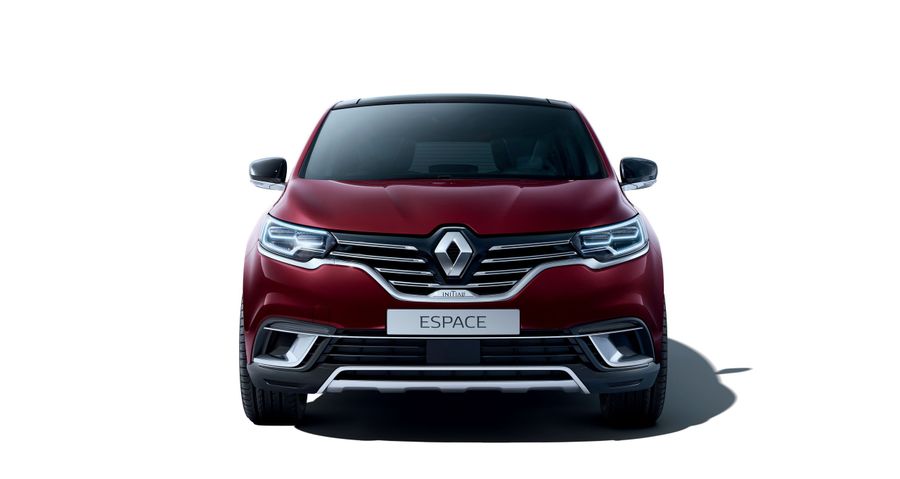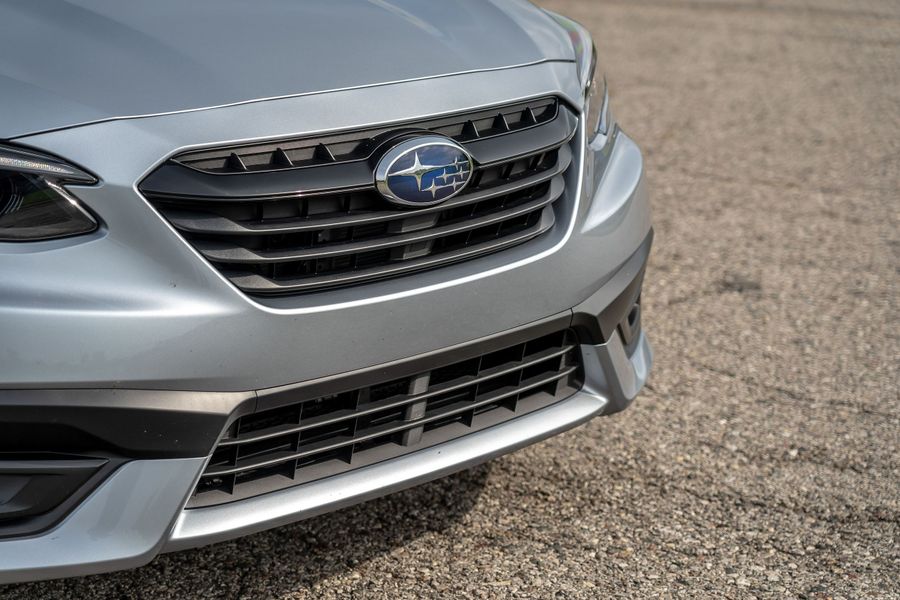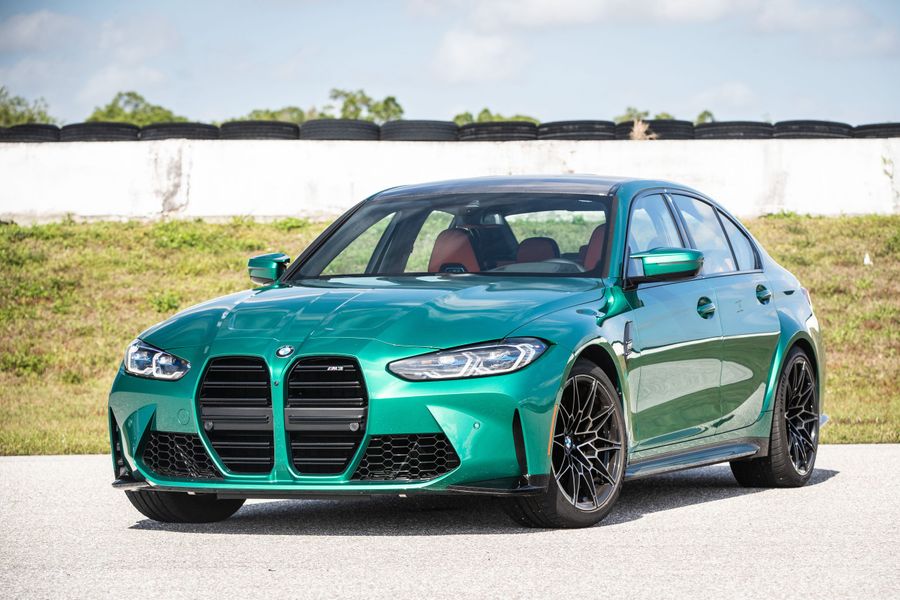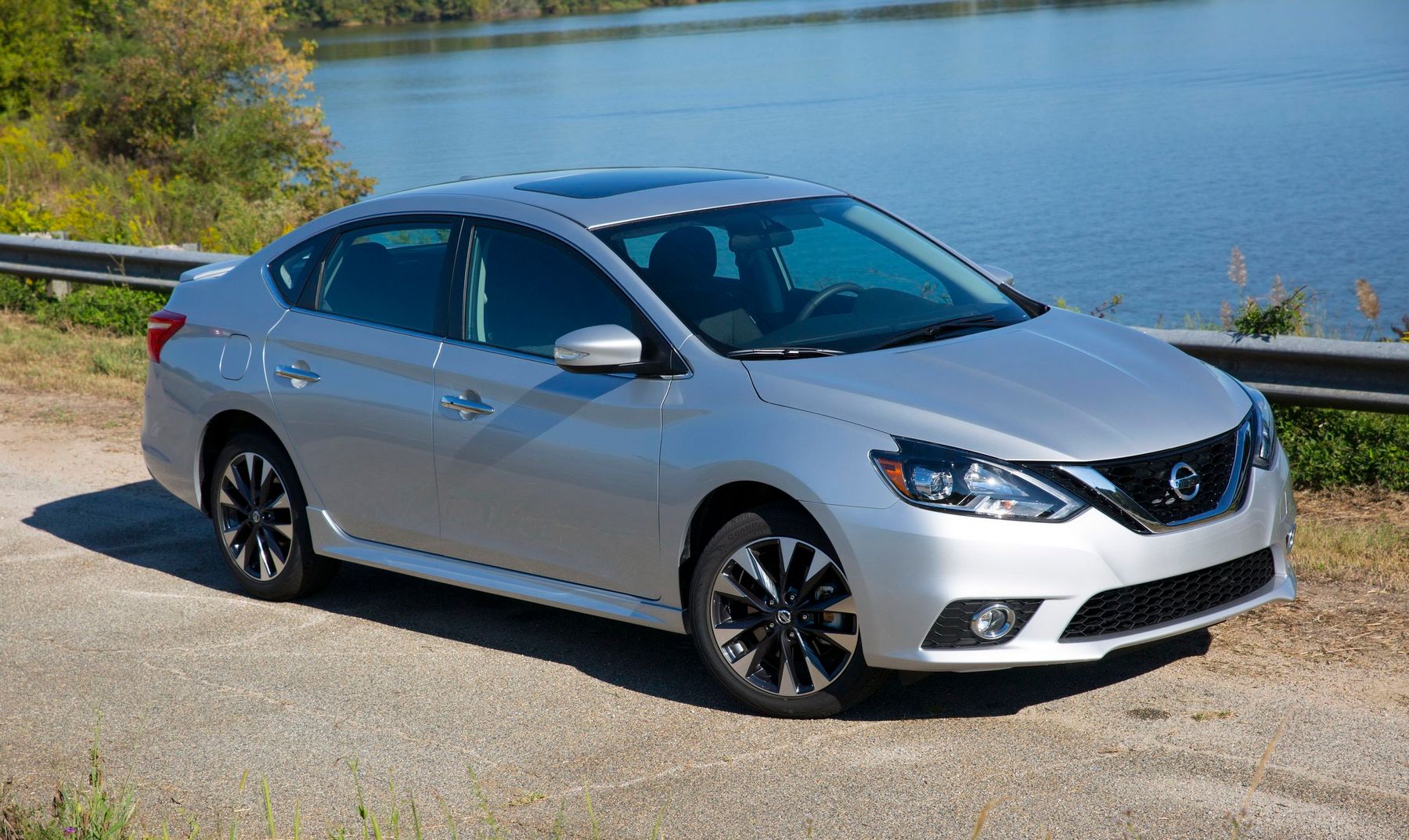
Veteran, bestseller and athlete
The Nissan Sentra is a compact car produced by Nissan Motors (Japan). It is an export version of the Japanese Nissan Sunny. It has been produced since 1982 in sedan, estate and coupe bodies. Eight generations have already been presented, the last of which has been available on the Israeli market since 2019 (as of 2021) in a sedan body.
The first generation
It was produced from 1982 to 1986. The first Sentra was produced in four bodies: a 2-door coupe, a 4-door sedan, a 5-door estate and a 3-door hatchback. The car used a front-engine, front-wheel-drive layout. The car was equipped with a 1.5-liter 4-cylinder SOHC engine, generating 67 hp. That engine was quite technically advanced for those years. There was a choice between a 4- or 5-speed manual transmission and 3-speed automatic transmission.
The car was very lightweight. The U.S. Environmental Protection Agency measured it to have the lowest fuel consumption among petrol-powered cars: 43 mpg in the city (that’s just over 5.5 l/100 km) and 58 mpg on the highway (4 l/100 km). This fact greatly contributed to success. In the first year of sales, the Nissan Sentra became the best-selling imported car in the United States, and in 1983 it was ranked seventh among the safest cars in the list compiled by the Center for Auto Safety.
The second generation
It was produced from 1986 to 1990 and retained a wide selection of bodies. The standard for all versions was a 69 hp E16 engine. Only the Sport Coupe and the all-wheel drive estate were equipped with E16i injection engines. All the modifications acquired this more progressive version with 70 hp by 1988. Diesel engines were also offered in some models, but were rare. There was a choice between a 4- and 5-speed manual transmission and 3-speed automatic transmission.
The four-wheel drive estates had an electrically powered transfer case for connecting the rear wheels with independent suspension. The Sport Coupe was a sportier version. It had an original body that did not have a single common part with the standard model and could be equipped with E16i or GA16i engines. All the Sentra models of this generation are known for their reliability and fuel efficiency.
The third generation
It was produced from 1990 to 1994. The 3-door hatchback was no longer produced and the Sport Coupe was replaced by a new model, the Nissan NX. The third Sentra came standard with a 1.6-liter 16-valve 4-cylinder GA16DE engine with 110-126 hp. There were several trim levels: E, XE, SE and GXE. The GXE had power windows, locks and mirrors, while the XE, SE and SE-R had a sunroof and alloy wheels.
This generation acquired the famous Nissan SR20DE engine. It was installed on a sporty 2-door SE-R modification. Having set speed records for a small car of the time, the Nissan Sentra SE-R produced 140 hp and could accelerate from 0 to 60 mph in 7.6 seconds. It had all-wheel disc brakes and MacPherson strut independent suspension.
The fourth generation
It was produced from 1994 to 1999 exclusively in the sedan body, as the coupe was replaced by the Nissan 200SX. The fourth Sentra was equipped with a torsion beam instead of an independent rear suspension. Some versions were not equipped with a rear anti-roll bar or rear disc brakes. Many of these cars could travel 30-40 miles with one gallon of fuel (5.5-7.5 l/100 km). The models were equipped with a 1.6-liter DOHC engine with an intake valve timing controller and a 5-speed manual transmission.
All engines were equipped with timing chains designed for the whole life of vehicle. The car was offered in the following trim levels: Base, XE, GXE, GLE, SE and SE Limited. The GLE, SE and Special Edition included leather, rear spoiler and sunroof, and keyless entry packages. All trims, except the SE and SE-R, were equipped with a 1.6-liter 115 hp engine. The SE and SE-R had a 2.0-liter, 140-hp engine.
The fifth generation
It was produced from 2000 to 2006. The Sentra finally moved into the class of compact cars. The car featured a new interior with better quality plastic and more comfortable seats.
The Sentra SE with the SR20DE engine, which produced 145 hp and 184 Nm of torque, was the most powerful until the SE-R returned in 2002. The 1.6-liter engine was replaced by a 1.8-liter with 126 hp (175 Nm). Later, the manufacturer introduced the SE-R with a 2.5-liter 165 hp engine and the even more powerful SE-R Spec V with a 175 hp (244 Nm) engine, with more aggressive suspension tuning and low-profile 17-inch wheels.
The sixth generation
It was produced from 2006 to 2012. Based on the C platform borrowed from Nissan’s SUVs, the sixth Sentra became larger. It was equipped with a 2-liter engine, generating 140 hp and a torque of 199 Nm. There was a 6-speed manual transmission and CVT.
The sporty SE-R had two versions: the SE-R base and the SE-R Spec V. Both were powered by an upgraded 2.5-liter engine, generating 177 hp (SE-R) or 200 hp (SE-R), whereas the first was equipped with an Xtronic CVT, and the second had a 6-speed manual transmission and an additional limited slip differential. The car was capable of accelerating to 100 km/h in 6.7 seconds.
After the restyling in 2009, the Sentra acquired a new Altima sedan-inspired grille, slightly different headlights and taillights. There were new trim options, a new CD player with optional navigation system. The new audio system included iPod and USB.
The seventh generation
It was produced from 2012 to 2019, and was restyled in 2015. The design of the new Nissan Sentra was premium. The car featured spacious interior and the best-in-class trunk. It had an engine start button and 2-zone climate control. By 2014, the car was sold in more than 120 countries around the world.
The new Sentra was larger than its predecessor, but 60 kg lighter. The new 1.8-liter 16-valve engine offered outstanding fuel efficiency with 130 hp. A 1.6-liter turbo engine (188 hp) was also offered. The new model was sold in S, FE+ S, SV, FE+ SV, SR, SR Turbo, SL and NISMO trim levels. All trim levels, except for the basic S (manual transmission), were equipped with a modified CVT. The SR was a sports model with a rear spoiler and 17-inch alloy wheels.
After the restyling in 2015, the car featured new bumpers, lights, hood, trunk and wheels. The Sentra began to look more like the older Nissan sedans. The SR and SL had new LED headlights and 17-inch wheels. There was a new steering wheel, power driver’s seat and lumbar support (SL and SR versions). Plus, the NissanConnect system appeared (SV and SR).
The eighth generation
It has been produced from 2019 to the present (as of 2021). The new Nissan Sentra is equipped with a 2-liter petrol naturally-aspirated engine with 149 hp, coupled with the X-Tronic CVT. The independent rear suspension has replaced the torsion beam used in the last three generations of sedans.
The 2019/2020 Nissan Sentra is available in three trim levels: S, SV and SR. The S trim includes air conditioning, a 7-inch touchscreen infotainment system with Bluetooth functions, 16-inch steel wheels, power windows and door locks, keyless entry and a package of Nissan Safety Shield 360 driver assistance technologies.
SV and SV Premium are advanced trim levels with a 6-speaker audio system, multimedia system 8-inch touchscreen and NissanConnect services, Nissan Intelligent Key, a remote start system and Apple CarPlay and Android Auto smartphone integration. The SR features 18-inch wheels, alloy wheels and a combination interior trim. The SR Premium features faux leather seats, Bose premium audio system with eight speakers and more.


